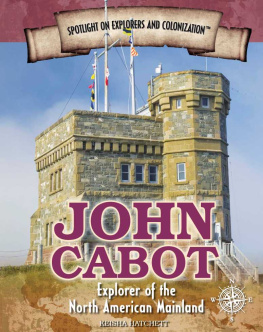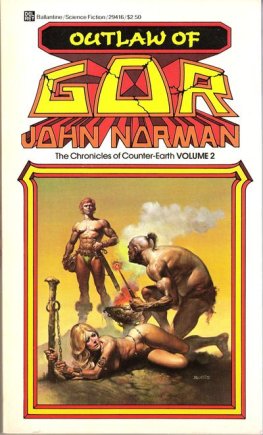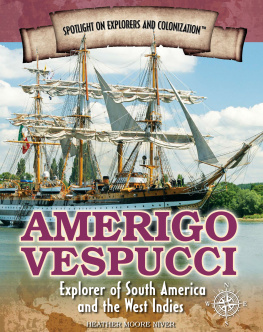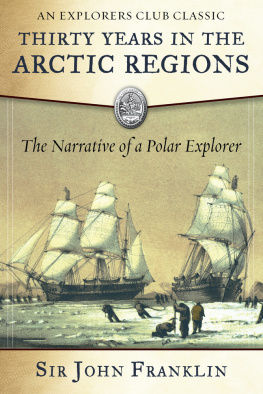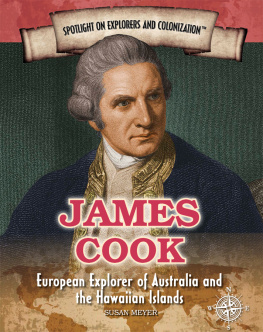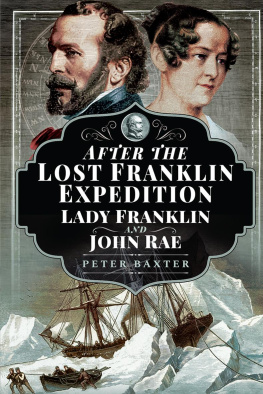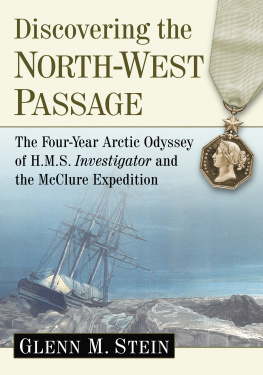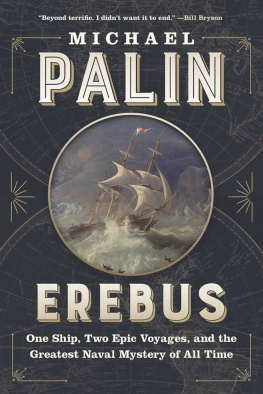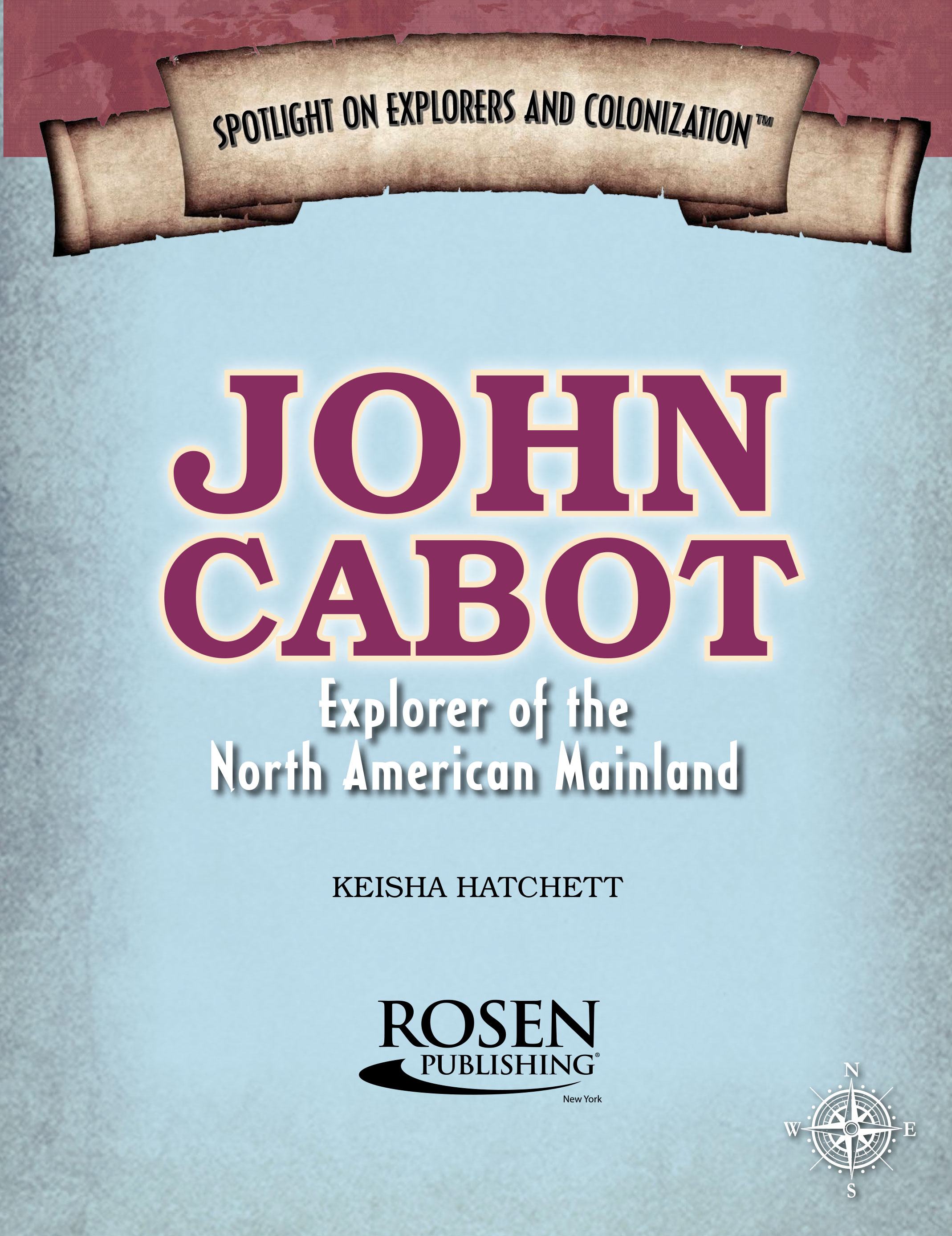Published in 2017 by The Rosen Publishing Group, Inc.
29 East 21st Street, New York, NY 10010
Copyright 2017 by The Rosen Publishing Group, Inc.
First Edition
All rights reserved. No part of this book may be reproduced in any form without permission in writing from the publisher, except by a reviewer.
Library of Congress Cataloging-in-Publication Data
Names: Hatchett, Keisha, author.
Title: John Cabot : explorer of the North American mainland / Keisha Hatchett.
Description: New York : Rosen Publishing, 2017. | Series: Spotlight on explorers and colonization | Includes bibliographical references and index. | Audience: Grade 5 to 10.
Identifiers: LCCN 2015050557| ISBN 9781477788165 (library bound) | ISBN 9781477788141 (pbk.) | ISBN 9781477788158 (6-pack)
Subjects: LCSH: Cabot, John, -1498? | America--Discovery and exploration--British. | North America--Discovery and exploration--British.
| Explorers--America--Biography. | Explorers--Great Britain--Biography. | Explorers--Italy--Biography.
Classification: LCC E129.C1 H33 2016 | DDC 910.92--dc23 LC record available at http://lccn.loc.gov/2015050557
D uring the Age of Exploration, sailors like Vasco da Gama and Christopher Columbus sought to discover new lands and establish faster trading routes to Asia. Before airplanes and modern ships, people had to rely on big wooden boats with sails that took months to cross the Atlantic Ocean. Among these brave men was a navigator named Giovanni Caboto, best known as John Cabot.
Historians arent exactly sure about some of the details of his life, but we do know that the Italian explorer set sail to Canada on an expedition for England during the Tudor years. After Columbus landed in what everyone thought was the Indies, he, Cabot, and other explorers looked to reach Asia.
Asia was believed to be rich with gold, gems, and other extravagances. With the support of King Henry VII, Cabot traveled across the Atlantic in hopes of finding a shorter route to Asia but landed in a strange place he called new found land. Today, its known as Newfoundland, Canada.
T he mid-fifteenth and sixteenth centuries saw a number of sailors traveling to uncharted territories, thus earning their title as the Age of Exploration and Discovery.
With spices such as pepper, cinnamon, nutmeg, ginger, and cloves, as well as other luxuries from India and the Far East sweeping through Europe, explorers wanted to find a more direct route to obtain such goods.
After Christopher Columbus discovered the Americas (which he thought were the Indies) in 1492, England wanted to take advantage of the opportunity to send its own explorers across the seas. However, England didnt have very many skilled sailors to make the long voyage into the unknown, so King Henry VII looked for others on the continent. John Cabot of Venice volunteered to go on behalf of Britain, and the monarch approved. While the Spanish and Portuguese explorers headed southwest, Cabot decided to travel northwest in hopes of finding a more direct route to Asia.
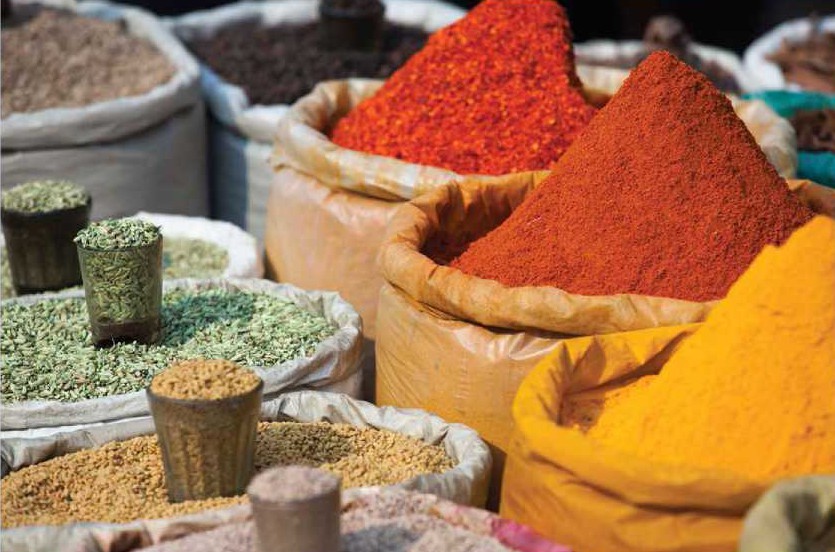
Indian spices were quite popular in the fifteenth and sixteenth centuries. Explorers traveled halfway across the world to obtain them.
C hristopher Columbus wasnt the only explorer to discover parts of North America. John Cabot is credited with claiming the upper northern territory now known as Canada for the British, but his roots began in Italy. He was born in 1450 in the Italian port of Genoa, the same birthplace as Columbus. He was the son of a spice merchant named Guilo Caboto, and their last name means coastal seaman in Italian. You could say he was destined to be an explorer.
He and his family moved to Venice in 1461. Venice was a major trade center at the time. John quickly learned about trading spices from his father. After making connections with Italian sailors who had already traveled east, he developed the ambition to cut out the middleman and travel the spice trade routes himself.
I n Italy, Cabot married a woman named Mattea, and they had three sons together: Ludovico, Sebastiano (Sebastian), and Sancto. Sometime in the 1490s, they all moved to Valencia, Spain. Cabot hoped that he would gain support from the Portuguese or Spanish monarchs to fund a voyage across the Atlantic.
Like Columbus, Cabot believed Asia could be reached by sailing west rather than east. No one would realize that the lands Columbus and others had explored were not Asia until 1502. That year, upon return from a voyage, explorer Amerigo Vespucci declared that the continent to the west was a New World.
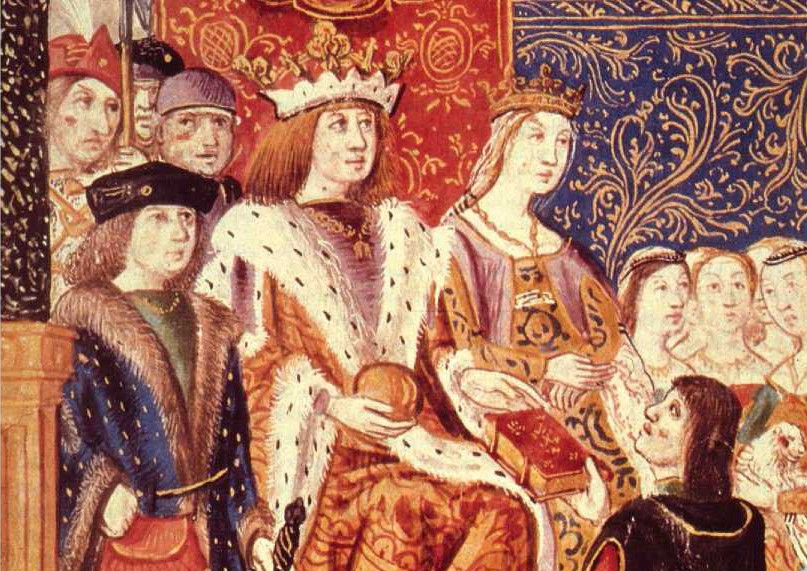
King Ferdinand and Queen Isabella of Spain supported Christopher Columbuss trip to the Americas, but they refused to do the same for John Cabot.
In the 1490s, Cabot was already an experienced seaman, navigator, and spice merchant, so he probably would be a good leader for a westward expedition. Unfortunately, King Ferdinand and Queen Isabella of Spain turned him down because of their commitment to Columbus. That meant Cabot had to try his luck elsewhere.
I n Portugal, Cabot again tried to sway monarchs to fund his trip to the Orient, but he arrived too late: Portuguese monarchs had already lent their support to fellow explorers Bartolomeu Dias and Vasco da Gama. Dias became famous for being the first explorer to reach the Indian Ocean from the Atlantic, having sailed around the southernmost tip of Africa to do so. He also discovered the Cape of Good Hope on the journey home. Da Gama followed Diass route even farther and became the first European to reach India by sea.
With all of these amazing discoveries by other explorers, Cabot hoped to follow in their footsteps. However, there was one thing standing in the wayan approval. King John II of Portugal felt that his country already had enough of its people to send across the sea, so he didnt need to enlist Cabot for the job. Once again, Cabot was out of luck.

